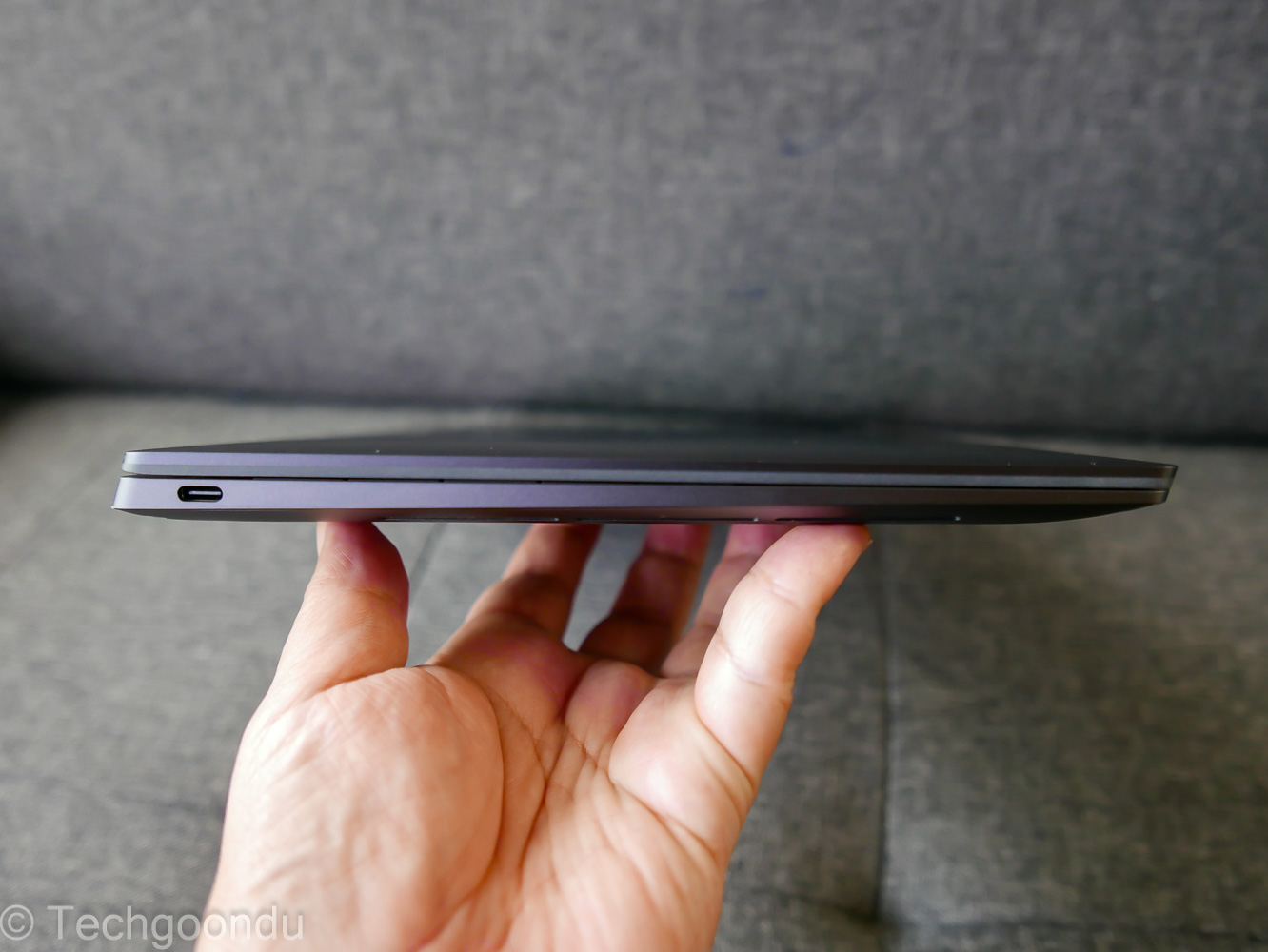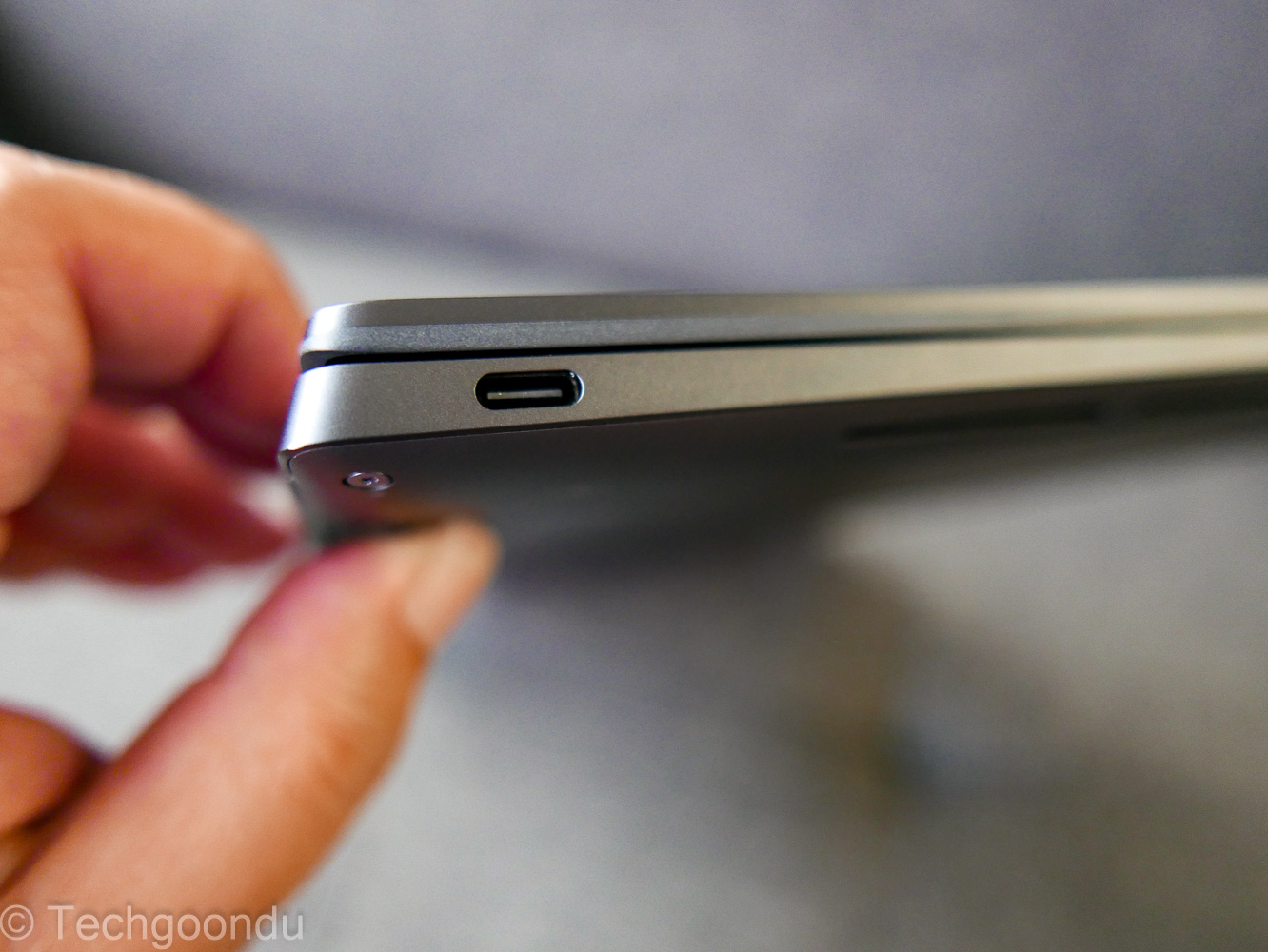To understand the unusually rapid changes in PCs of late, you only need to look at the ever-popular Dell XPS 13 laptop, which will arrive in no fewer than three versions this year with three different processors.
There is already one with an Intel Core Ultra chip and another with a Qualcomm Snapdragon X Elite (the one we are reviewing here), and a third version will sport Intel’s upcoming Core Ultra 200V soon.
Dell has come up with all these versions because it has various processors to choose from, thanks to the stiffest chipmaker rivalry in years. For consumers, this means more choices – a good thing.
The XPS 13 (9345) with a Snapdragon X Elite chip is the version of the thin and light laptop I’ve been testing the past couple of weeks and it’s sandwiched between two Intel-based versions.
Qualcomm’s chip has been groundbreaking because it’s the first to offer the performance needed for Microsoft’s new Copilot+ AI features in Windows 11, as we saw on the recently launched Surface Laptop.
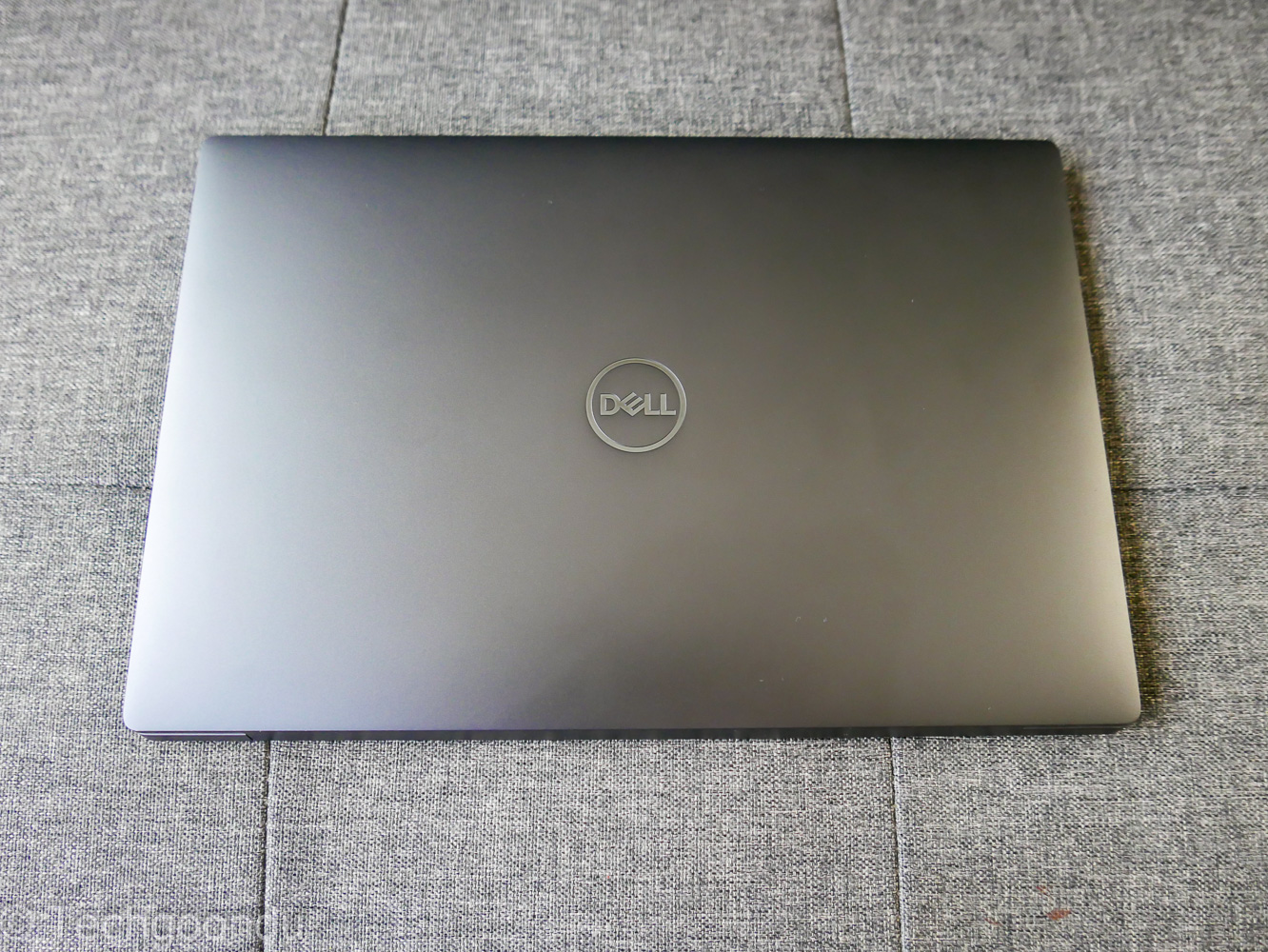
The AI tools include a live caption feature that automatically transcribes and translates audio on your laptop, as well as a co-creator feature that helps you generate graphics and images with AI.
Plus, the neural processing unit (NPU) packs enough performance for regular AI-focused apps like CapCut, which helps you automatically edit and create videos without a whole lot of manual input.
I ran Geekbench AI to test out the capabilities that the Dell XPS 13 had for AI tasks (such as image classification and face detection) and the entry-level review model with 16GB memory and 512GB storage didn’t disappoint.
For the benchmark test, the Dell laptop received 1,993 for its single precision score, 1,559 for its half precision score, and 5,126 for its quantised score. This was run on the ONNX AI framework.
The scores are close to what I got for the Microsoft Surface Laptop, which also packed in the same Snapdragon X Elite X1E-80-100 processor but had 32GB of memory instead of 16GB on the Dell XPS 13 test unit.
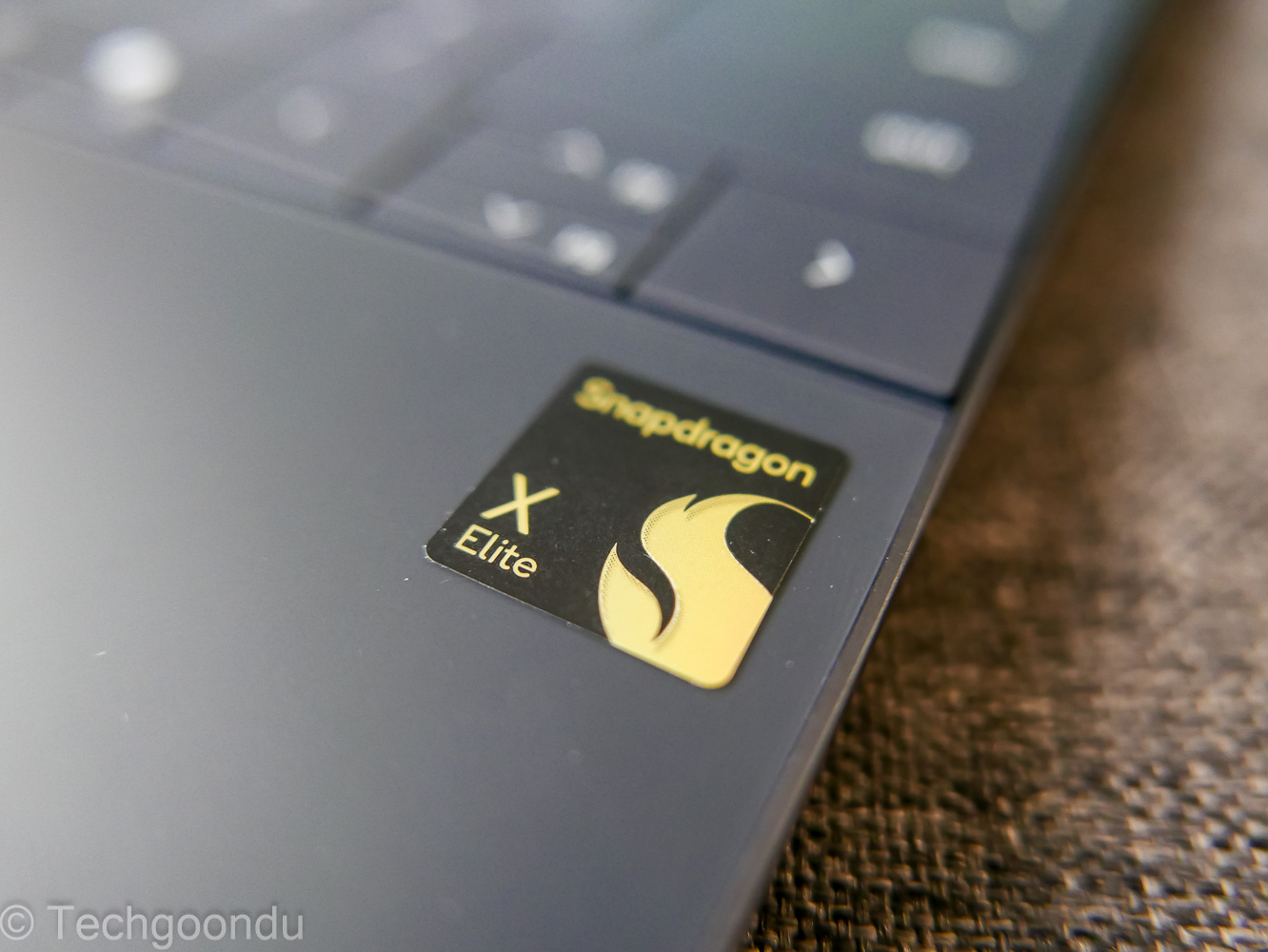
In comparison, using the same ONNX framework, an AMD Ryzen AI 9-based Asus Zenbook S16 scored higher for single precision but lower for half-precision and quantised tasks.
However, using the Ryzen chip’s more favoured OpenVino AI framework pushes that Asus laptop clearly ahead of its Qualcomm-powered rivals for all three tests.
Notably, the Dell XPS 13 isn’t known to come with AMD chips, but the Snapdragon Elite X chips are clearly faster than older Intel Core Ultra-based XPS 13s.
What will be interesting are upcoming Dell XPS 13 laptops featuring the overhauled Intel Core Ultra 200V processors, when they arrive in the weeks ahead.
For now, however, the XPS 13s with Qualcomm chips are the fastest in the stable for Dell’s thin and light machines, which feature a design that’s been refined over the years.
They aren’t shabby with everyday, non-AI tasks, either. With Geekbench 6.0, which measures performance for everyday tasks, the Qualcomm-based XPS 13 scored 2,721 for single-core performance and 13,885 for multi-core performance.
Unsurprisingly, these numbers are close to what the Surface Laptop offers as well. The Dell machine also beats the AMD-based Zenbook S16 in a tight race for multi-core performance but falls behind slightly for single-core performance.
I could not run PCMark 10, a benchmark using a suite of productivity tasks, because it doesn’t run on Qualcomm chips, though I did run the newer UL Procyon Office Productivity Benchmark to get a sense of the Dell laptop’s performance.
For that, the XPS 13 came back with a score of 6,577, in a measure of how well it runs real-world apps such as Microsoft Office. The result is reflective of what others have found with similar Qualcomm-based laptops so far too.
Separately, in the UL Procyon Battery Life Benchmark for Office Productivity, the Dell machine and its 55Whr power pack lasted a solid 18 hours 15 minutes running Microsoft Office apps. This is close to what others have found.
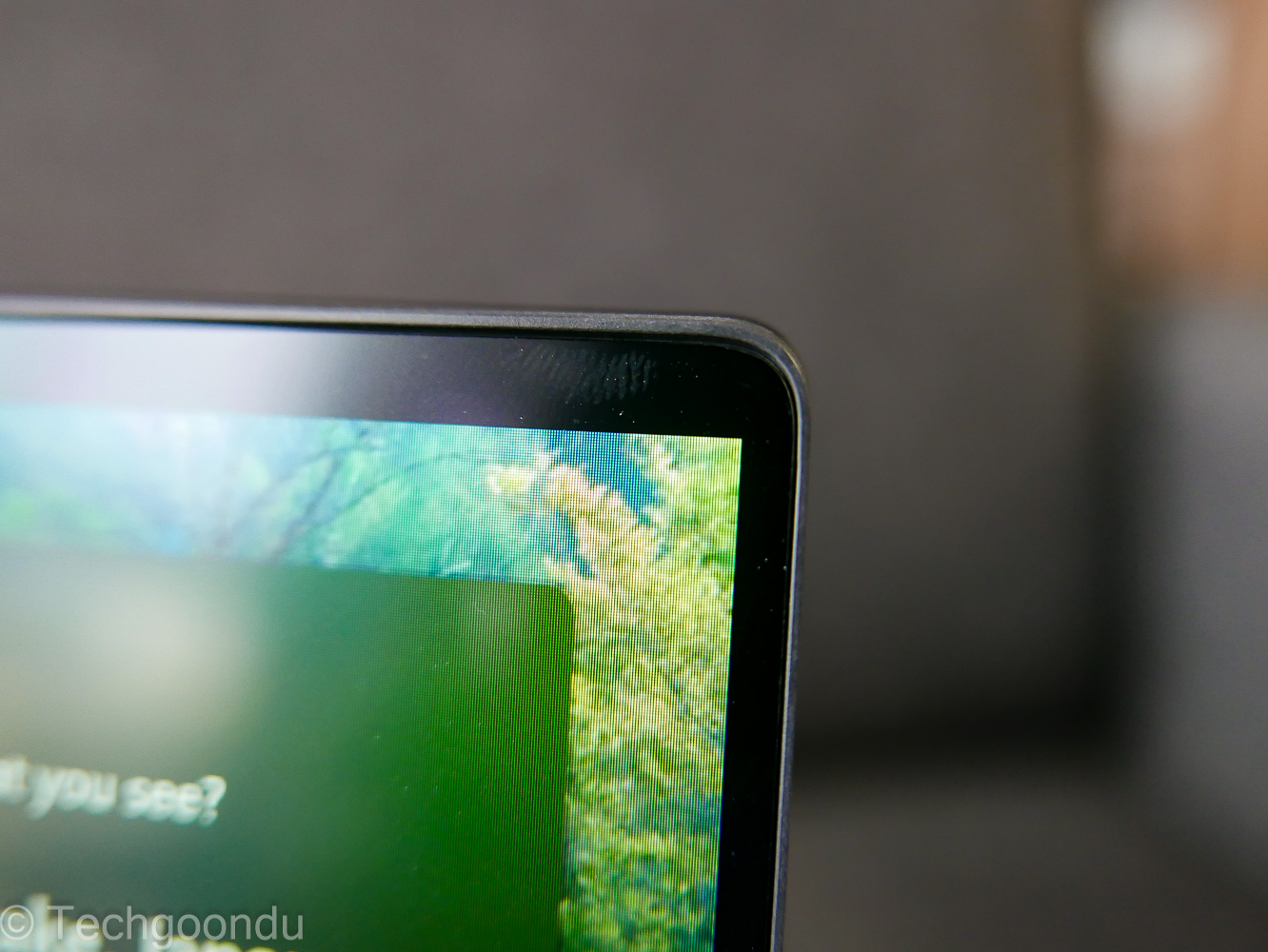
For my tests, I did not manage to calibrate the screen, unfortunately, but the Full HD+ screen was running at 40 per cent brightness most of the time (down to 28 per cent for a couple of hours). In other words, the XPS 13 will stay awake longer than you.
Since this is the first time we are running these tests, we don’t have comparisons yet with other machines we have reviewed. However, we will test more PCs later this year with them.
Notably, the XPS 13 is said to last 27 hours when streaming on a Netflix app with a Full HD+ display, according to Dell. Useful, I guess, if you really want to binge.
An area that Qualcomm still doesn’t do as well in is gaming. No, the XPS 13 is clearly not a gaming machine but do note that its performance doesn’t seem to be optimised for Windows games for now.
In 3DMark tests that mimic games, the Qualcomm-based XPS 13 scored 1,907 in the Time Spy subtest. Again, this is close to what you get on the Surface Laptop but lags the AMD-based Asus laptop that has a beefier graphics chip.



Do note that there are lingering app compatibility issues, at least at the time of writing, with the Arm-based Snapdragon X Elite processors used for new Windows machines.
Though most of your daily apps such as Microsoft Office and Web browsers should run fine, some apps such as Adobe Premiere Pro and certain games may have issues such as stuttering.
If you’re using the Dell XPS 13 for e-mails and some basic office work, then this shouldn’t be an issue. However, if you need the laptop for some light gaming or to edit videos, note the potential problems.
So far, I haven’t talked much about Dell’s new machine itself. If you’ve been following the refreshes over the years, the thin and light favourite is excellent in its design once again.
At just under 1.2kg, it’s light enough to carry from meeting to meeting, whether you’re back in the office or at a cafe. The compact size, possible because the 13.4-inch screen is framed up by thin edges, makes this a truly portable work machine.
Whether you’re stuck in a tight economy seat on a plane or having to squeeze out some work in a crowded Starbucks, you’d find enough space for the Dell XPS 13.
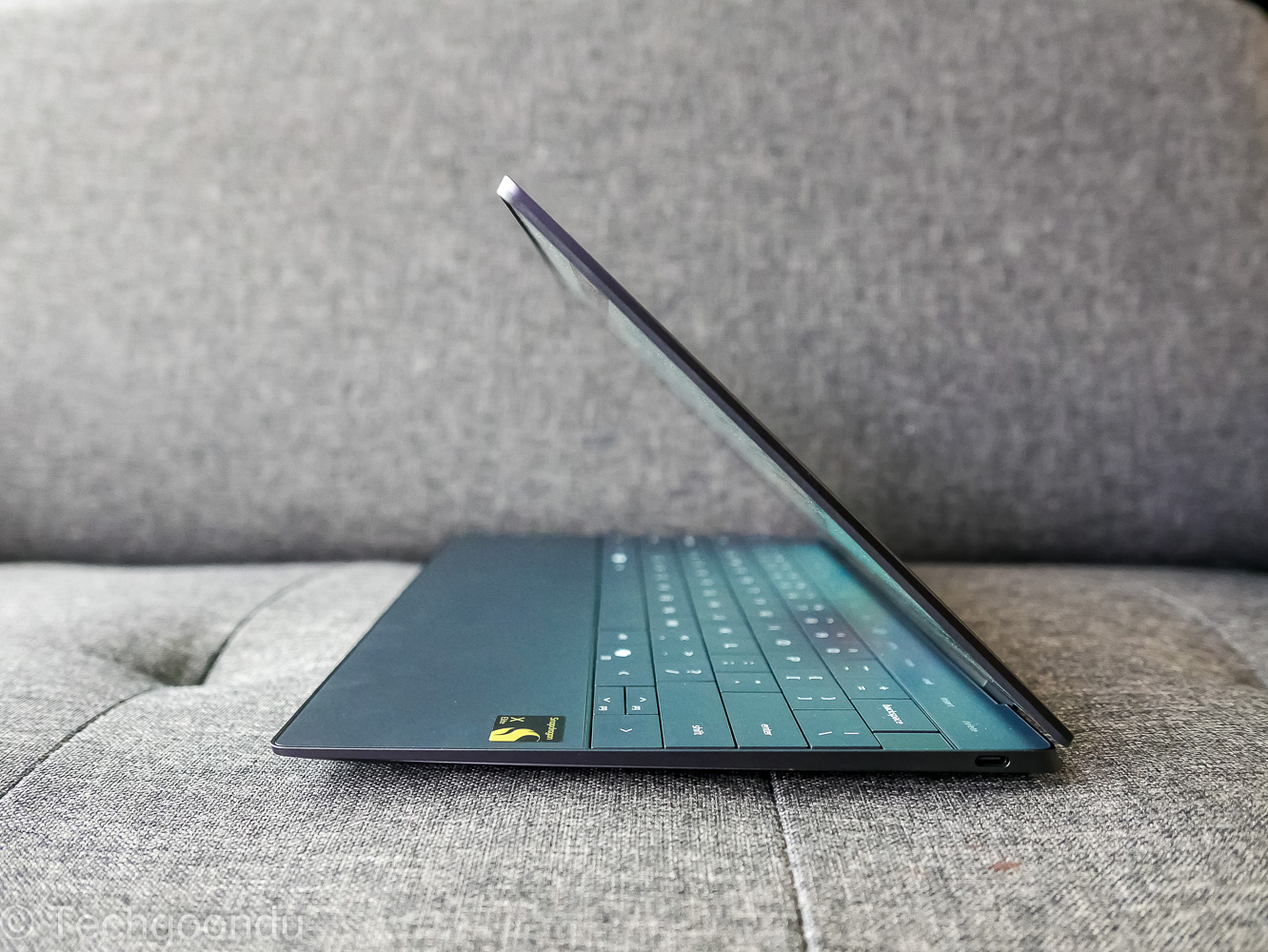
The latest design also comes with an edge-to-edge keyboard, which makes the laptop even more sleek looking. The unfortunate thing is that the keys are closer together, but you also get larger keys, as a result.
As a touch-typist, I find the keys reasonably responsive. For a small and light machine, they are good enough for me to fire out articles on the go.
Another big plus, as I highlighted in last year’s review, is the “invisible” touchpad, which has been integrated into the chassis.
So you simply move your fingers over the bottom where the touchpad usually is and the haptic feedback makes you think you are actually depressing a spring-loaded mechanism (you’re not). It’s nifty.
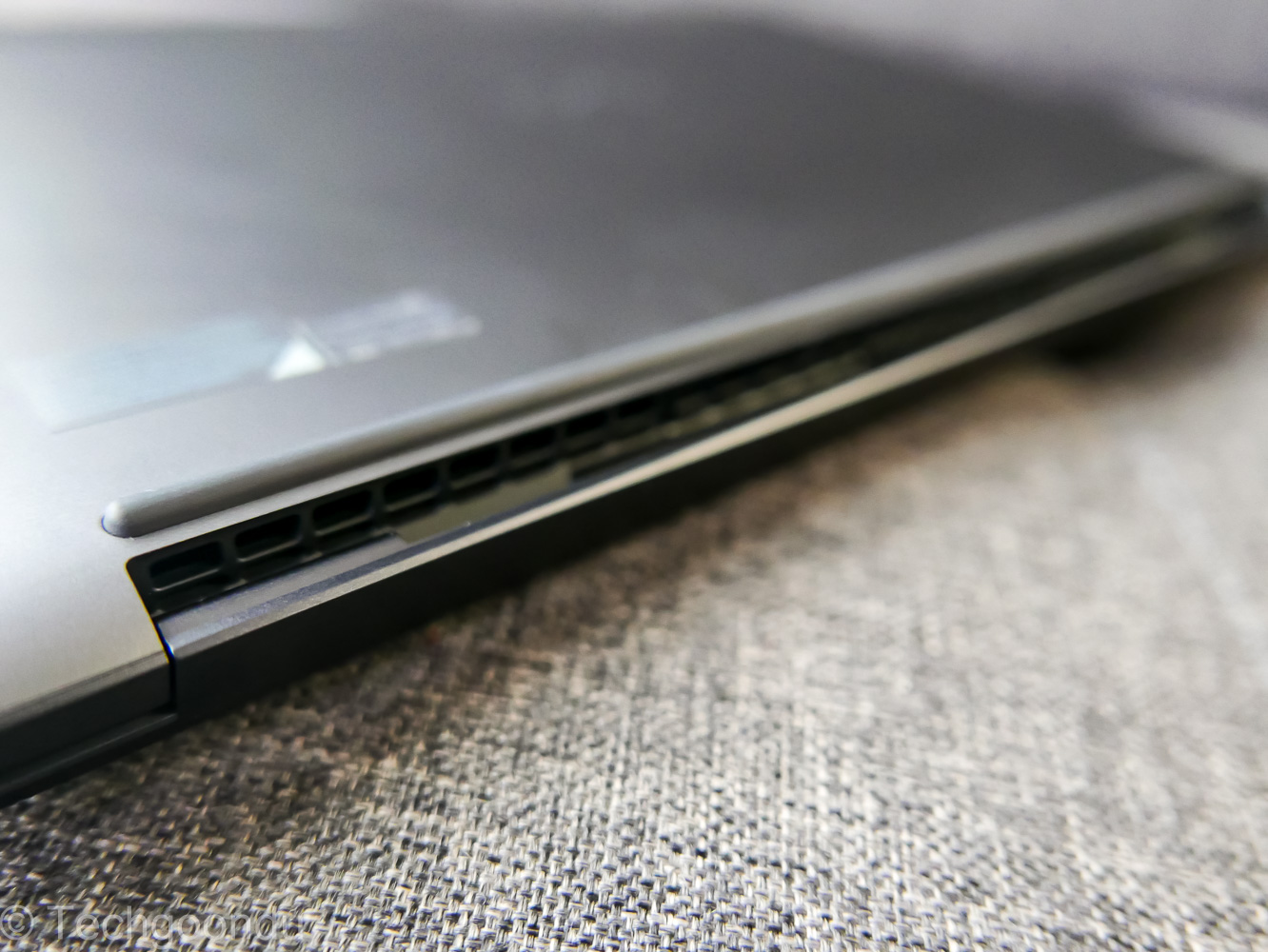
However, one thing I noticed with the XPS 13, which I did not on the larger 15-inch Surface Laptop, is the louder fan that spins up and the warmer bottom exhaust vents when I run demanding tests. Perhaps the Surface Laptop has a larger surface area to dissipate the heat than the Dell ultraportable.
For screen options, Dell offers a touchscreen – get that, if your budget allows – as well as regular non-touch ones. Go for a higher 2K or 3K OLED screen if you can afford more than the standard Full HD resolution and your eyes will thank you.
On the whole, the Dell XPS 13 performs as you’d expect from a compact laptop sporting Qualcomm’s chip.
It has excellent battery life and performance for everyday tasks, including new AI ones, but is still lacking in some areas such as light gaming and suffers from lingering issues with some apps.
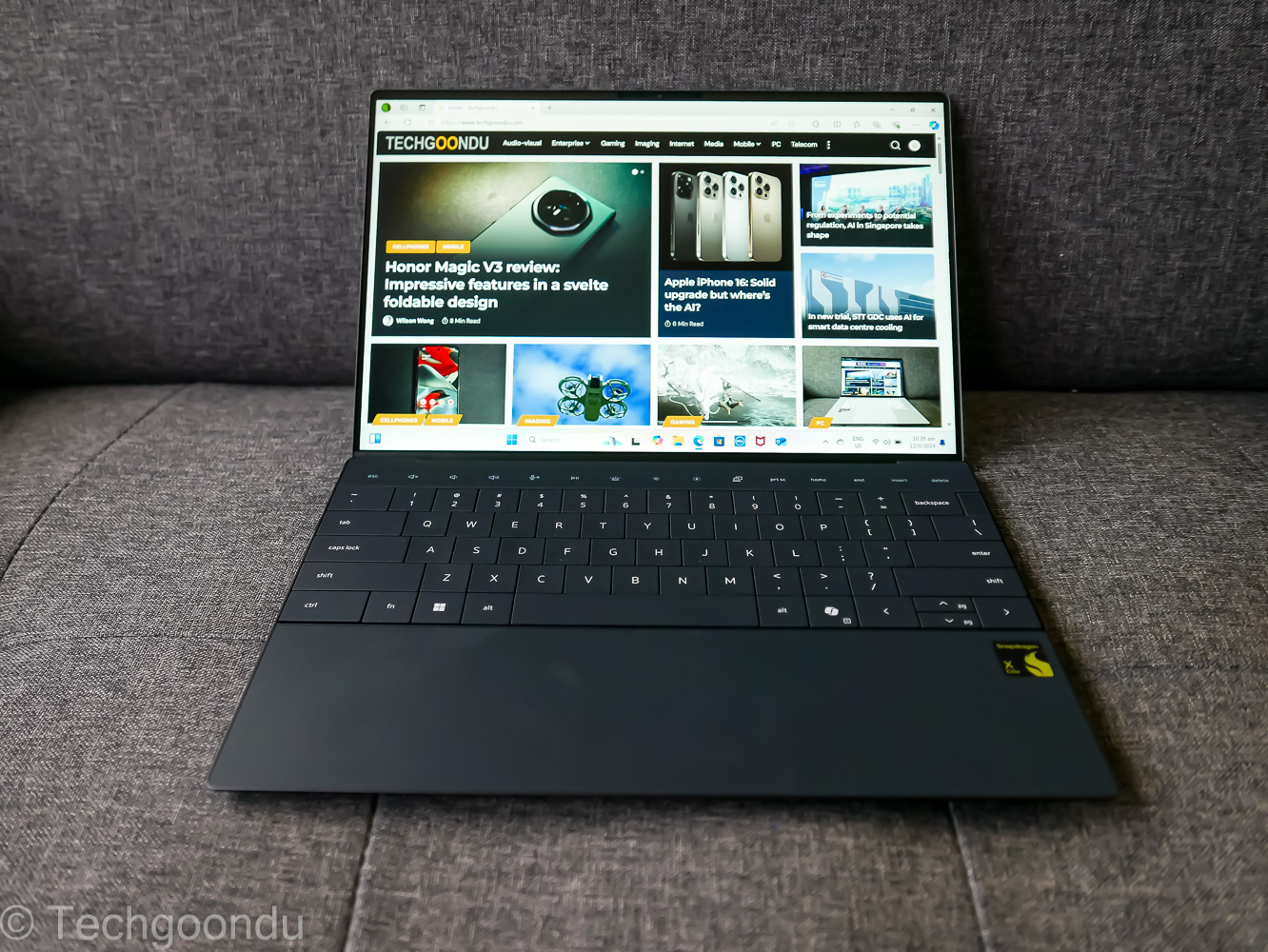
For most users, this Dell XPS 13 will be a good ultraportable laptop to consider. Costing S$2,299 for a basic option with 16GB memory, 512GB storage and Full HD+ screen in Singapore, it’s a reliably solid option.
That said, the upcoming XPS 13 model with the same chassis and the newer Intel Core Ultra 200V processor, promising more performance and better battery life, is out soon.
Not sure how Dell might price that but if it means the older Qualcomm one is going to be discounted, that could be a good deal too. In other words, wait if you can.
